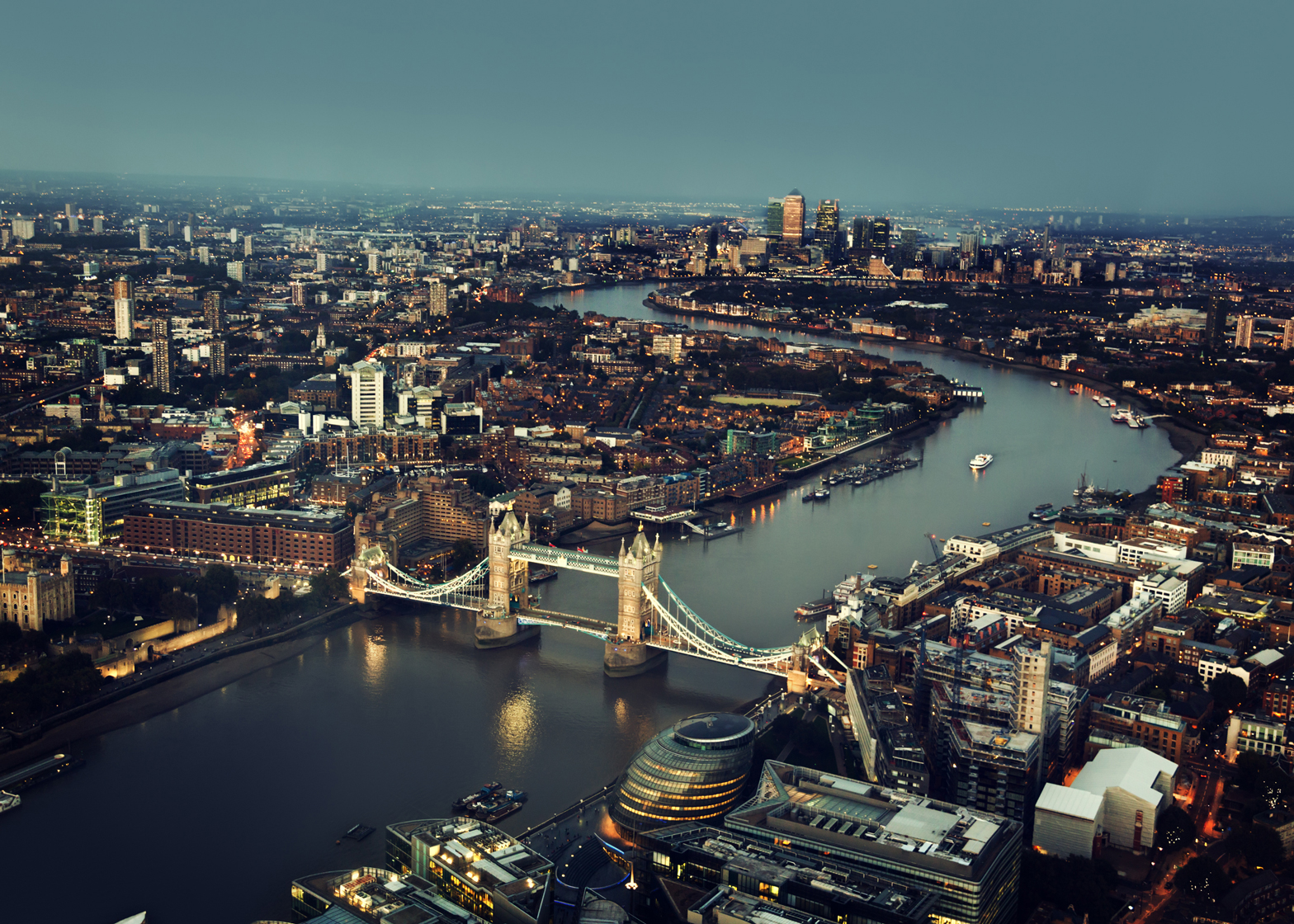Business news: London is set to lose 3,500 creative workspaces by 2020 according to mayor Boris Johnson, who is asking planners and developers to prioritise culture as well as housing.
"As London continues to grow and prosper, there is a critical need to build more homes for Londoners, but this should not be at the expense of our culture and distinctiveness, which are hugely important for our economy," said Johnson.
His office has published a 40-page A-Z of planning and culture, which offers steps that can be taken to protect and support culture as new developments spring up across the city.
"Culture and creativity are key to London's success, as a place to live in, to work, to study and to visit," said Johnson. "But there is increasing concern that those qualities are under threat, with artists and other creative talent finding it more difficult to find affordable places to live and work in. It is vital we ensure our artists, creatives and innovators are not squeezed out."
The report highlights the continuing loss of London's nightclubs and live music venues as well as a predicted loss of 3,500 art and design studios in the next five years – amounting to a third of the city's creative workspaces according to the mayor's office.
"The urgent need for housing and the impact of commercial and business redevelopment, combined with other factors such as local planning issues, licensing rules and rising business rates are contributing to the loss of creative workspaces and cultural venues that are a key part of London's attractiveness as a place to live and work in and to visit," it said in a statement.
In September, design duo Barber and Osgerby told Dezeen that the city was approaching a "tipping point" thanks to rent rises, arts education funding cuts and a government that is "scared by creativity."
Architect Norman Foster also said that rising prices would force architects and designers out of the city, while Second Home founder Rohan Silva warned that the flow of creative people from New York to Los Angeles was "a cautionary tale for London".
Johnson's planning A-Z includes guidelines that emphasise the importance of taking local heritage and culture into account, as well as the need to reflect cultural infrastructure – such as buildings and spaces that support creative activities. There are currently no plans to make the guidelines part of London's planning policy.
"There are good examples of developers and planners incorporating culture into their regeneration schemes, including Olympicopolis, London City Island, the City and Nine Elms," he said.
"We want more of them to be talking to, even working with cultural bosses, artists and other creatives at the start of projects and recognise the value of culture, not just to our city's quality of life, but to the success of their developments."
His comments are in line with a recent Design Council report, which highlighted the billions of pounds that the design industry contributes to the UK economy each year.
Statistics published by the UK's Department for Culture, Media and Sport at the start of 2015 showed that the creative industries are now worth £76.9 billion per year to the country, with the design sector enjoying the biggest growth.

